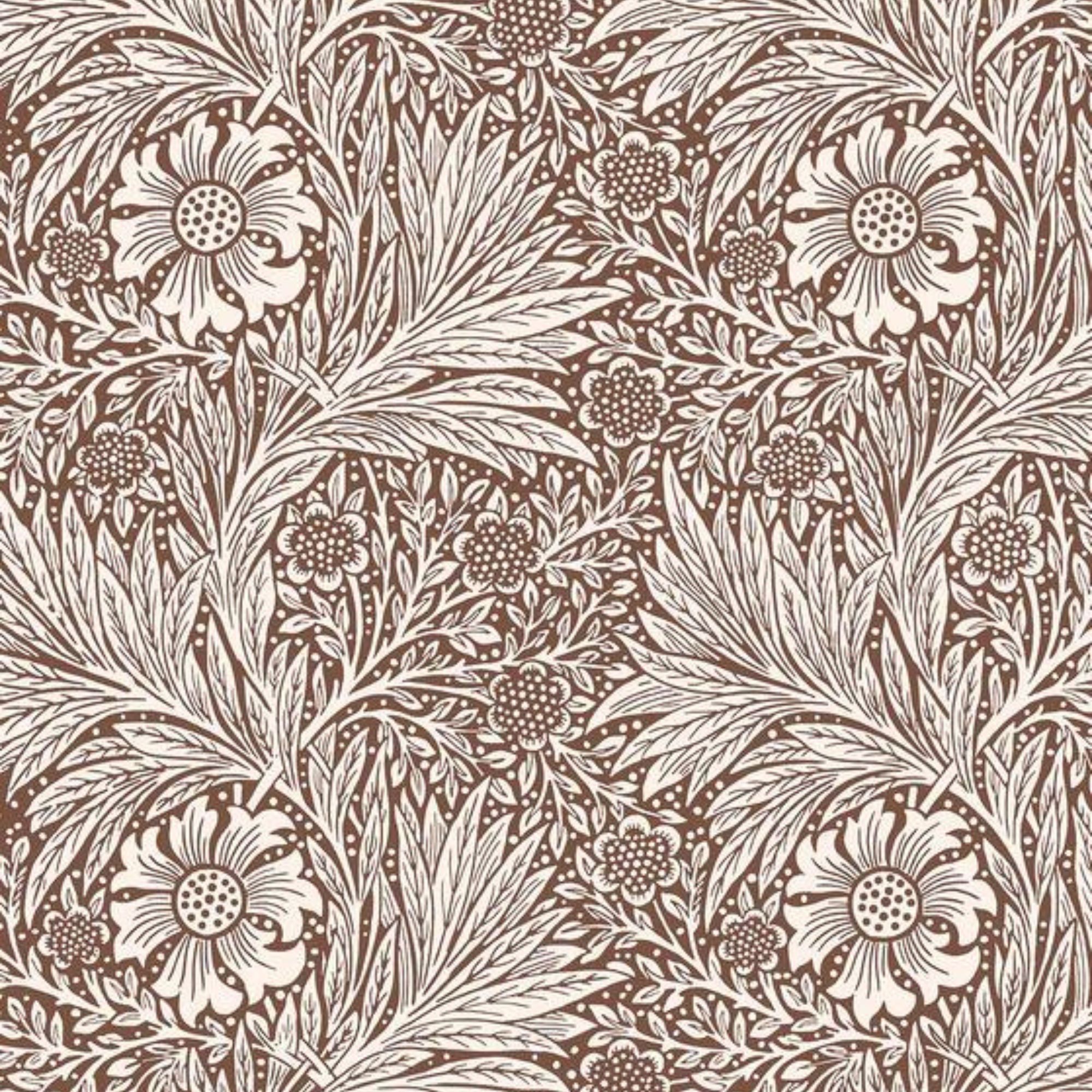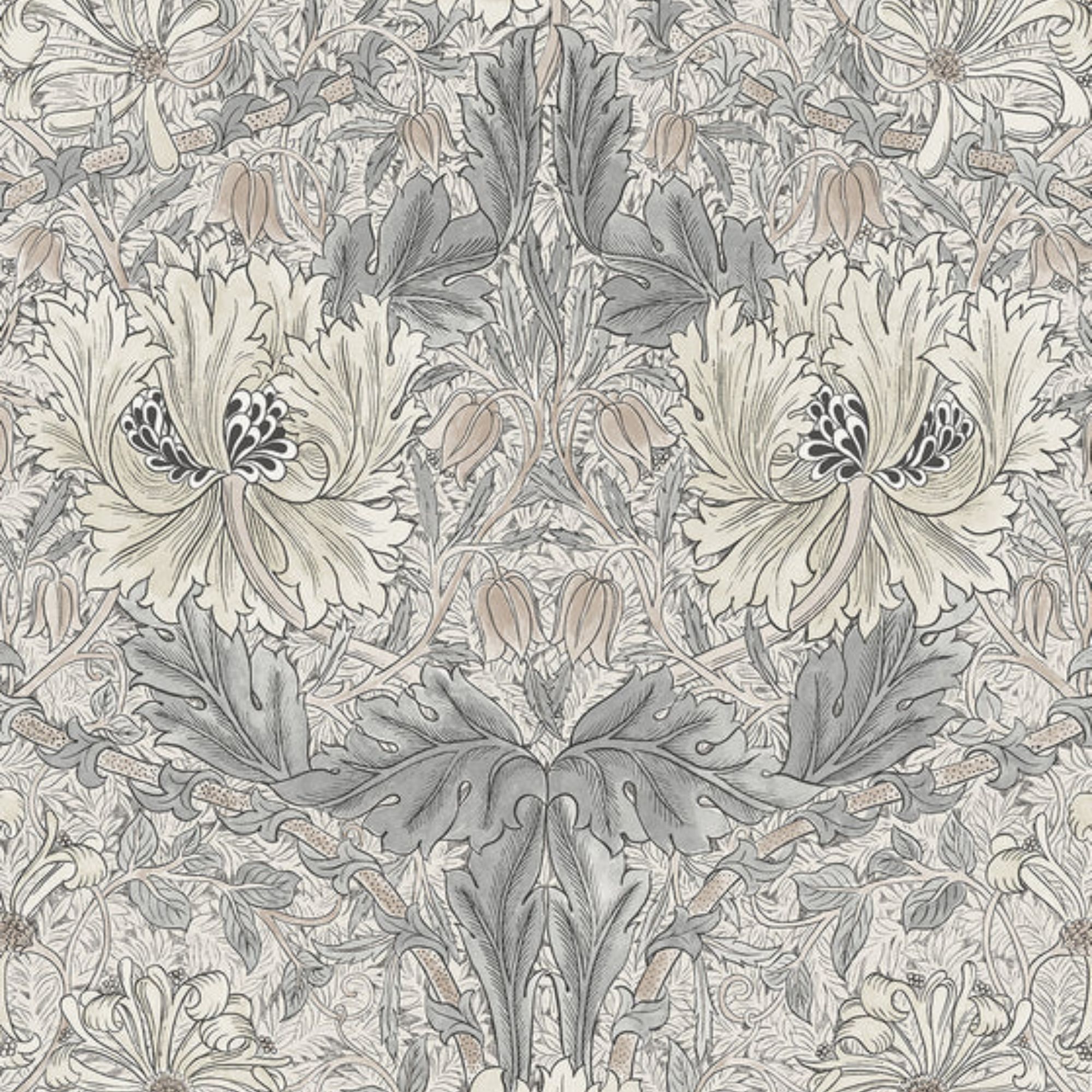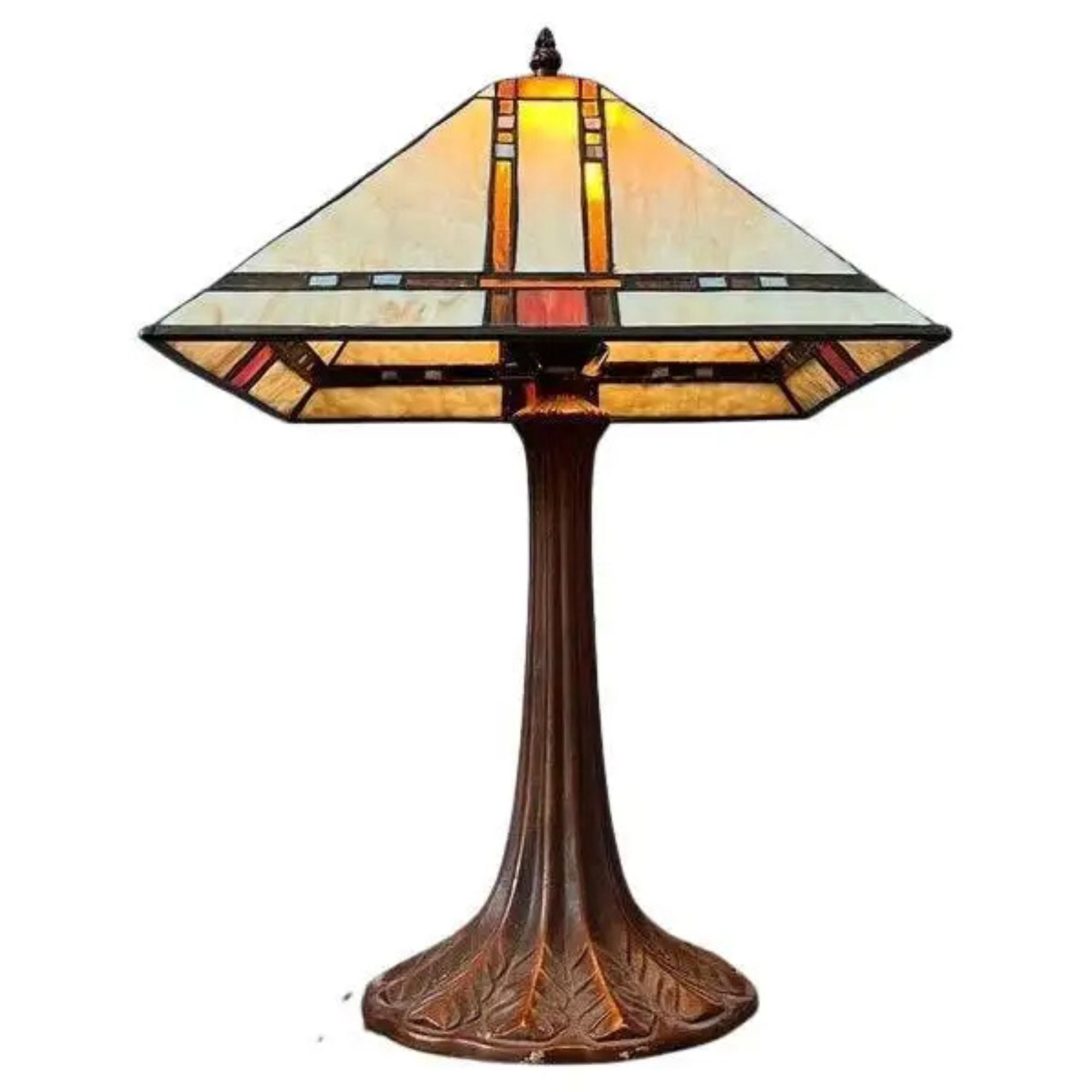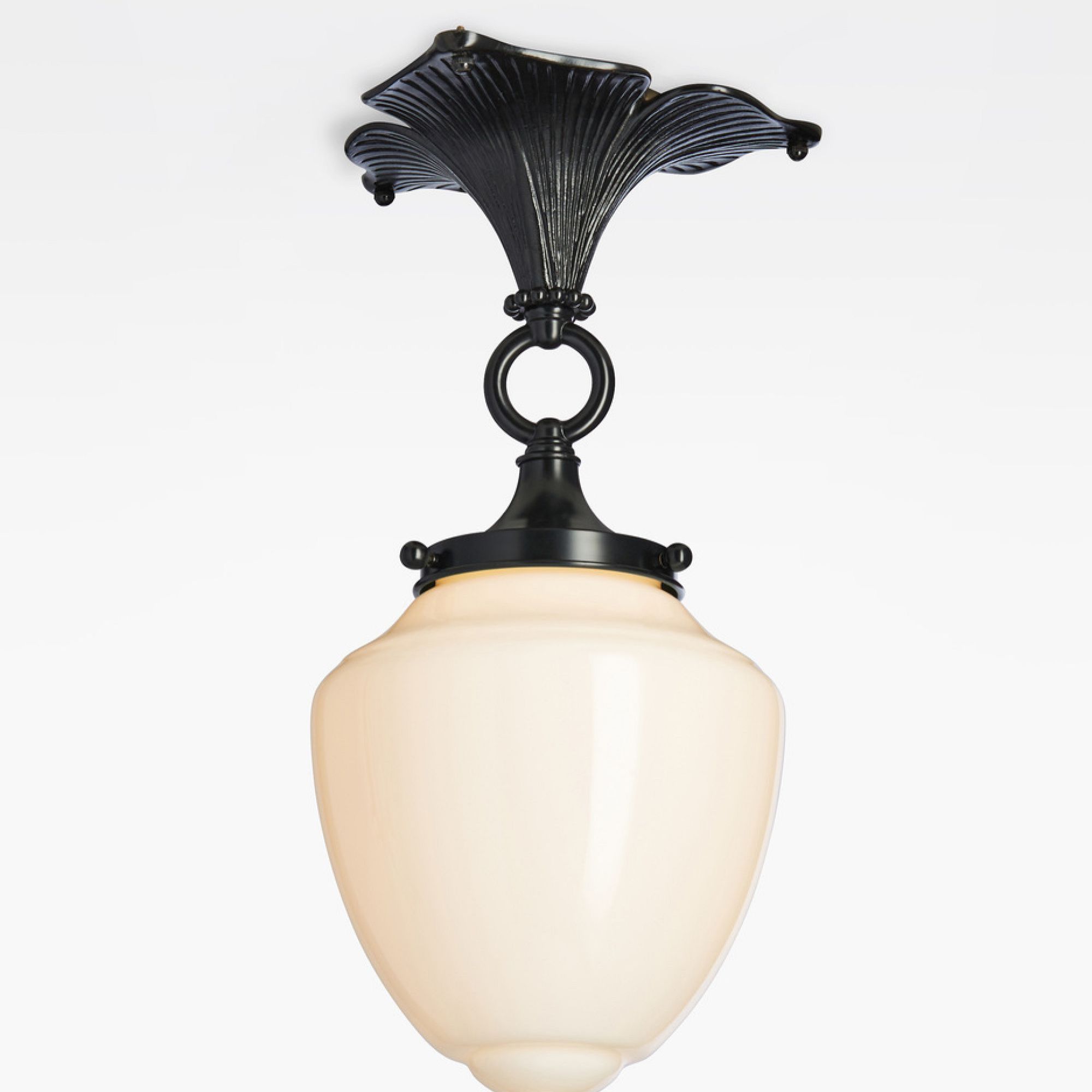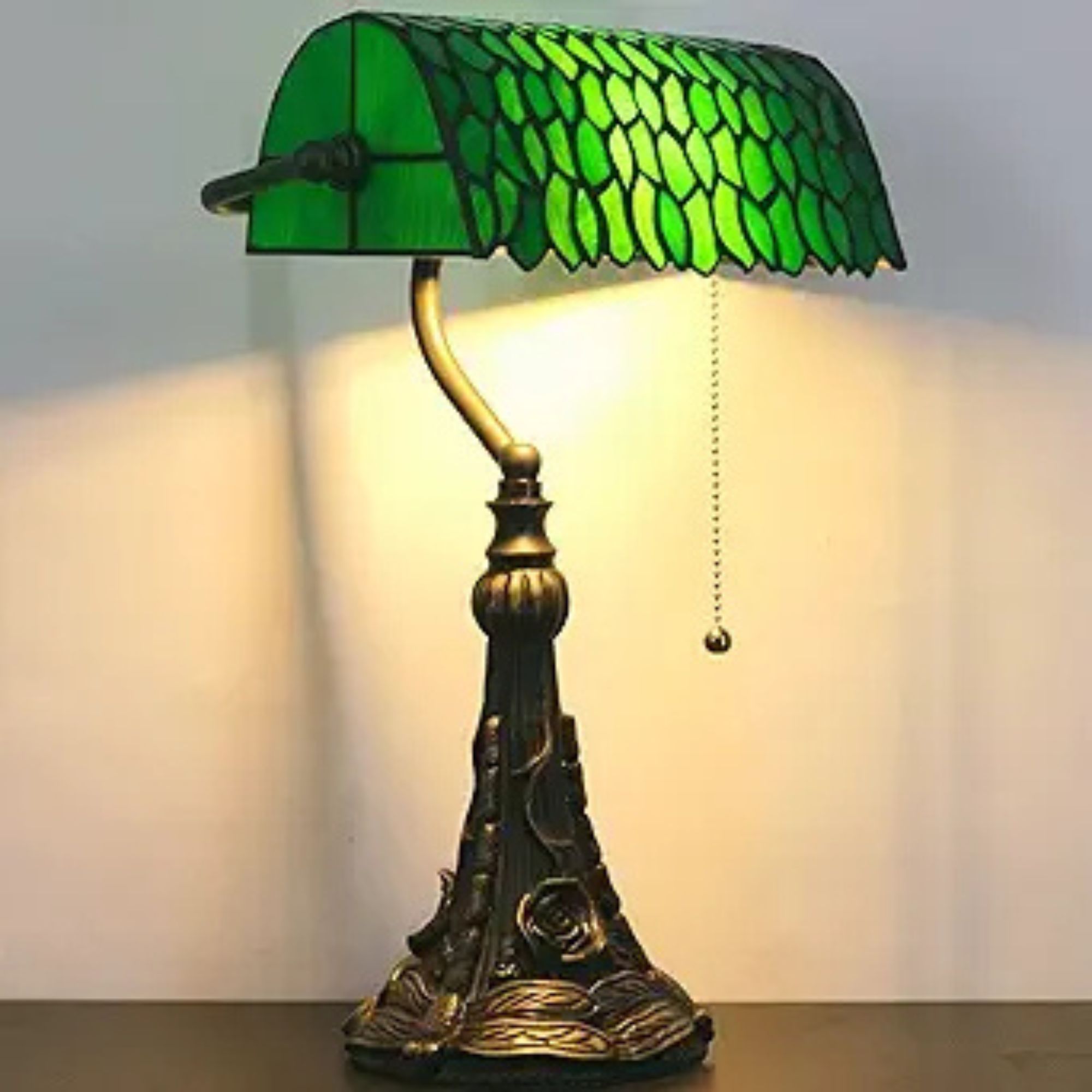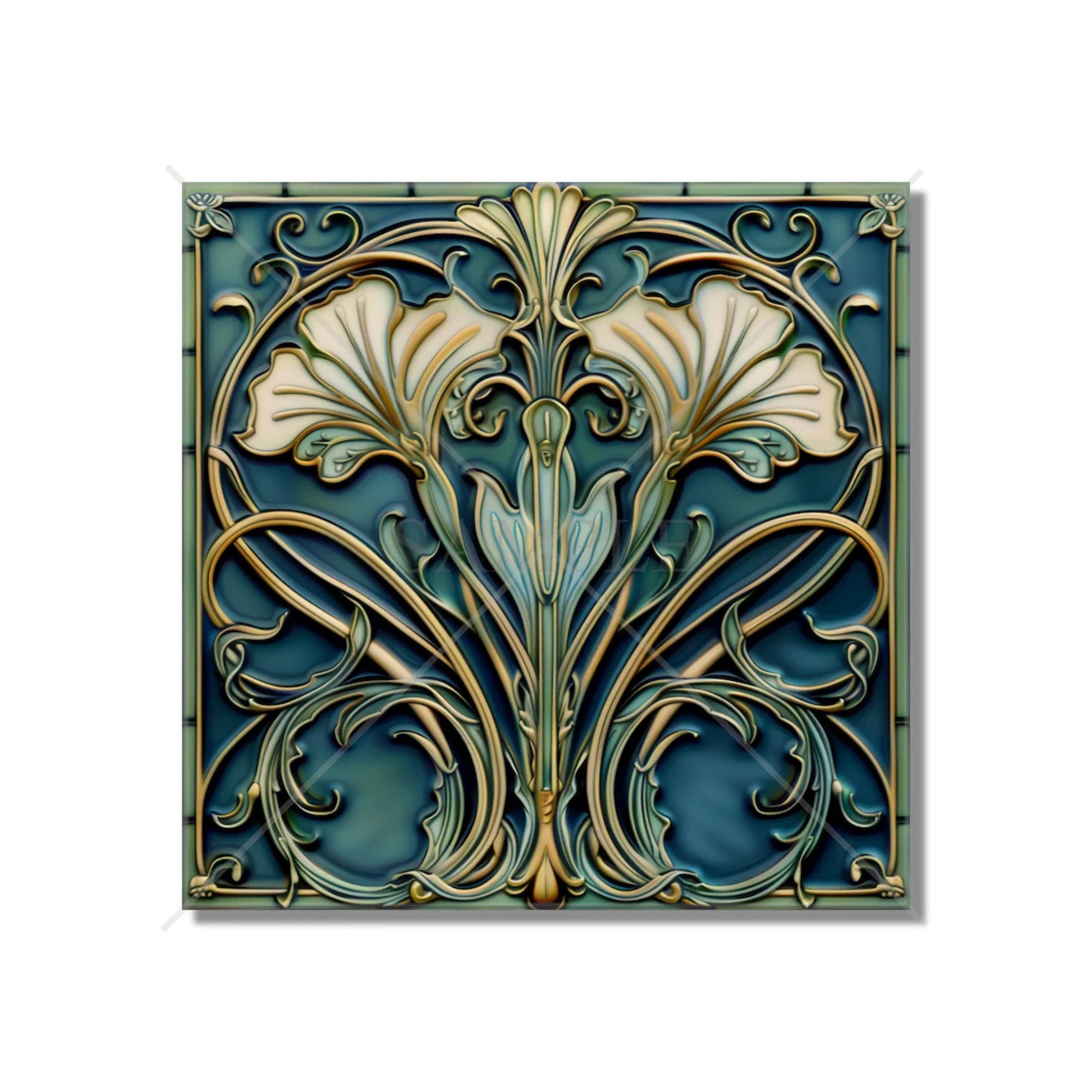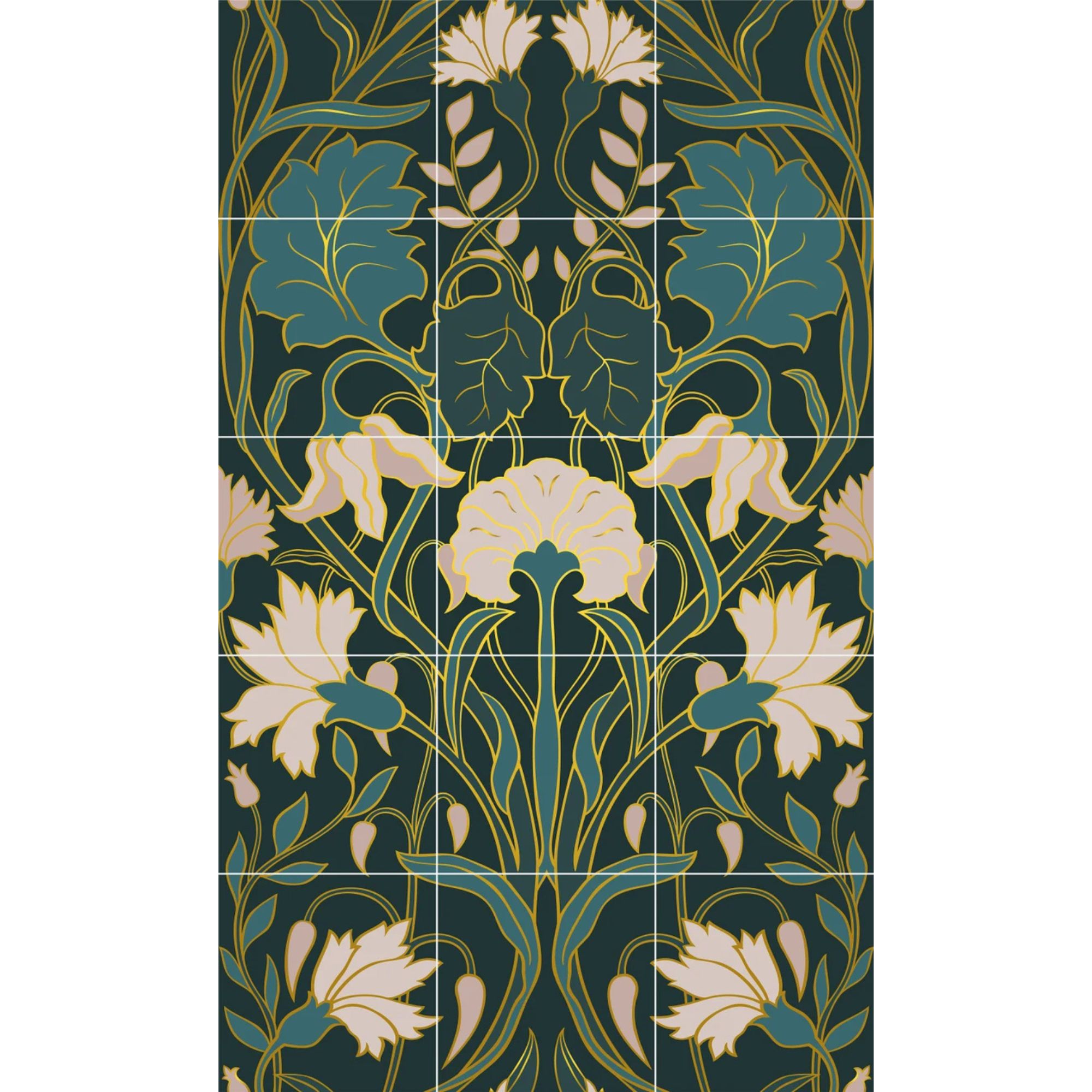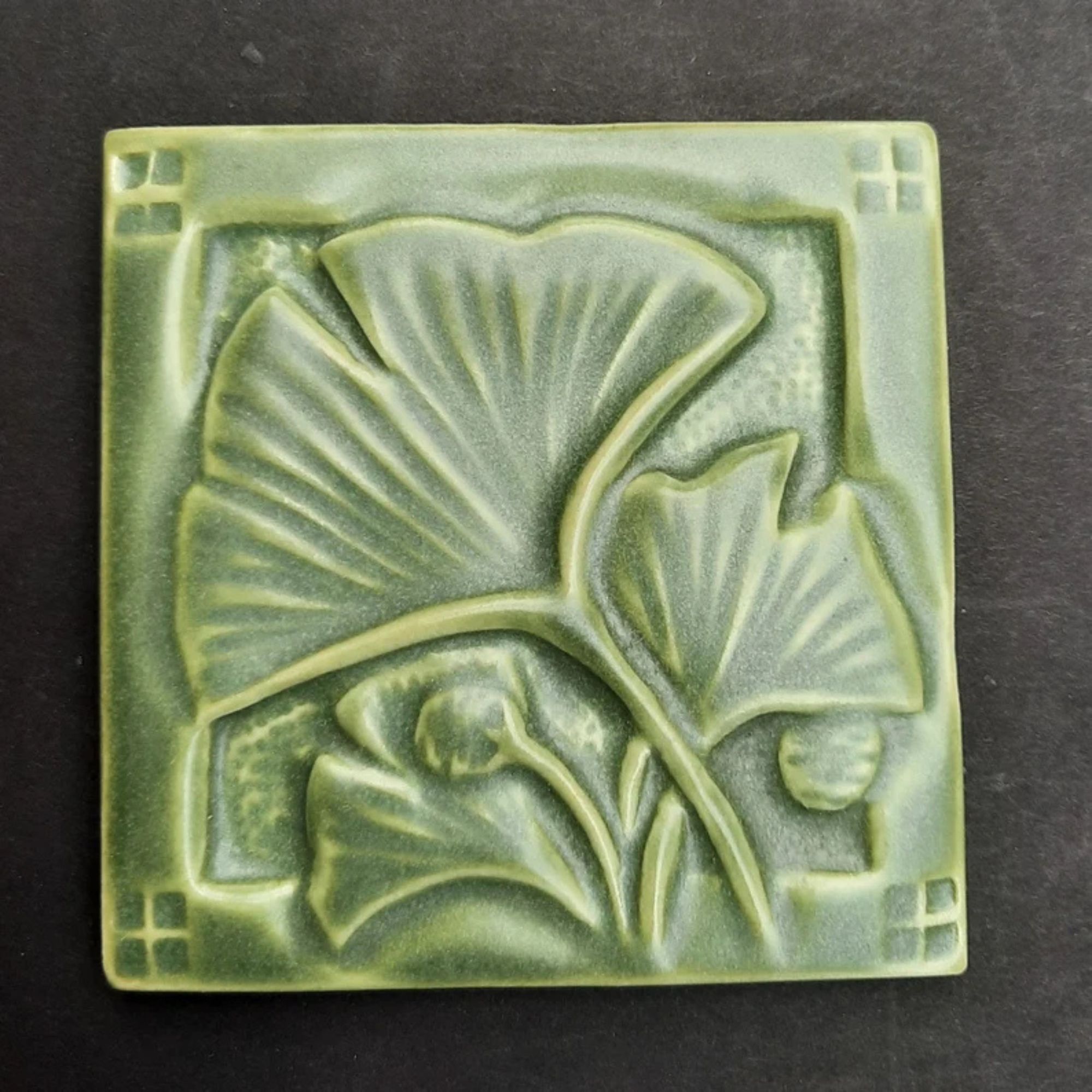Arts and Crafts decor is making a comeback for 2025 – here's how designers are reimagining this iconic vintage style
Bring nature and character into your home with these Arts and Crafts decor ideas inspired by the iconic movement
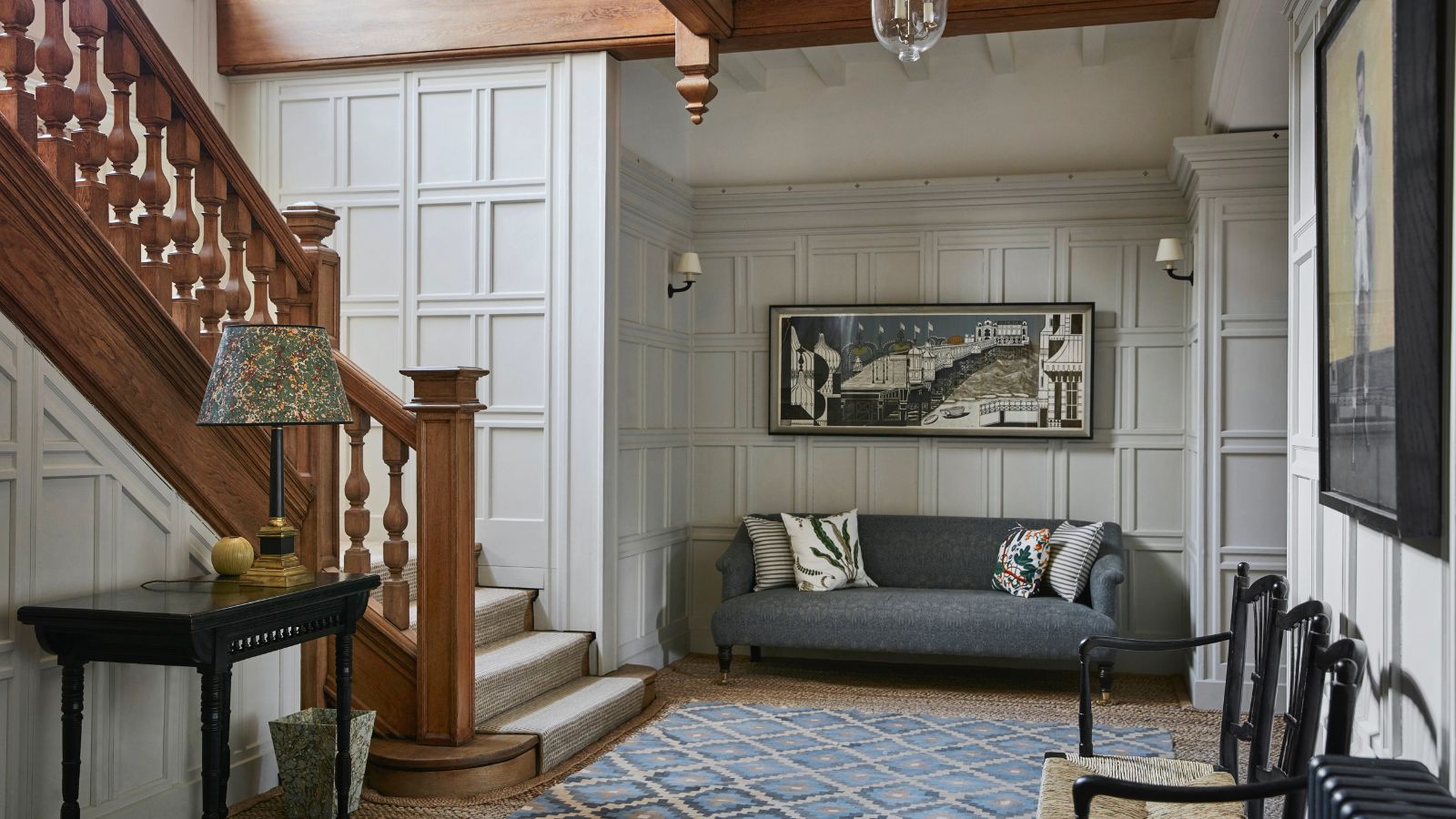
- What is Arts and Crafts?
- 1. Decorate with nature-inspired shades
- 2. Decorate with Arts and Crafts wallpapers
- 3. Introduce decorative lighting
- 4. Display handmade and vintage decor
- 5. Source quality wood antique furniture
- 6. Avoid modern finishes
- 7. Hang a tapestry
- 8. Decorate with wood
- 9. Choose arts and crafts upholstery fabrics
- 10. Opt for Arts and Crafts tiles

Dating back to the late 19th century, the Arts and Crafts Movement sought to celebrate craftsmanship, honest materials, and the beauty of nature in an increasingly industrialised society of factory-produced goods.
An Arts and Crafts house style is filled with natural materials, heritage prints, and artisanal furniture, a homage to all things handcrafted and ornate. ‘The Arts and Crafts Movement was all about unique design that celebrated quality craftsmanship, natural textures, and nature-inspired motifs, three elements that combine to create a beautifully layered and cozy style,' says Sue Jones, creative director of Oka.
'I think the key to achieving the arts and crafts look is to embrace pieces that exemplify the skill of their makers, whether that be handmade and glazed pots, hand-woven rattan furniture, or hand-embroidered upholstery. I’d pair these with warm-colored rugs, pleated lampshades, and plenty of pattern to add lots of lovely detail and make the space feel really inviting.’
What is Arts and Crafts?
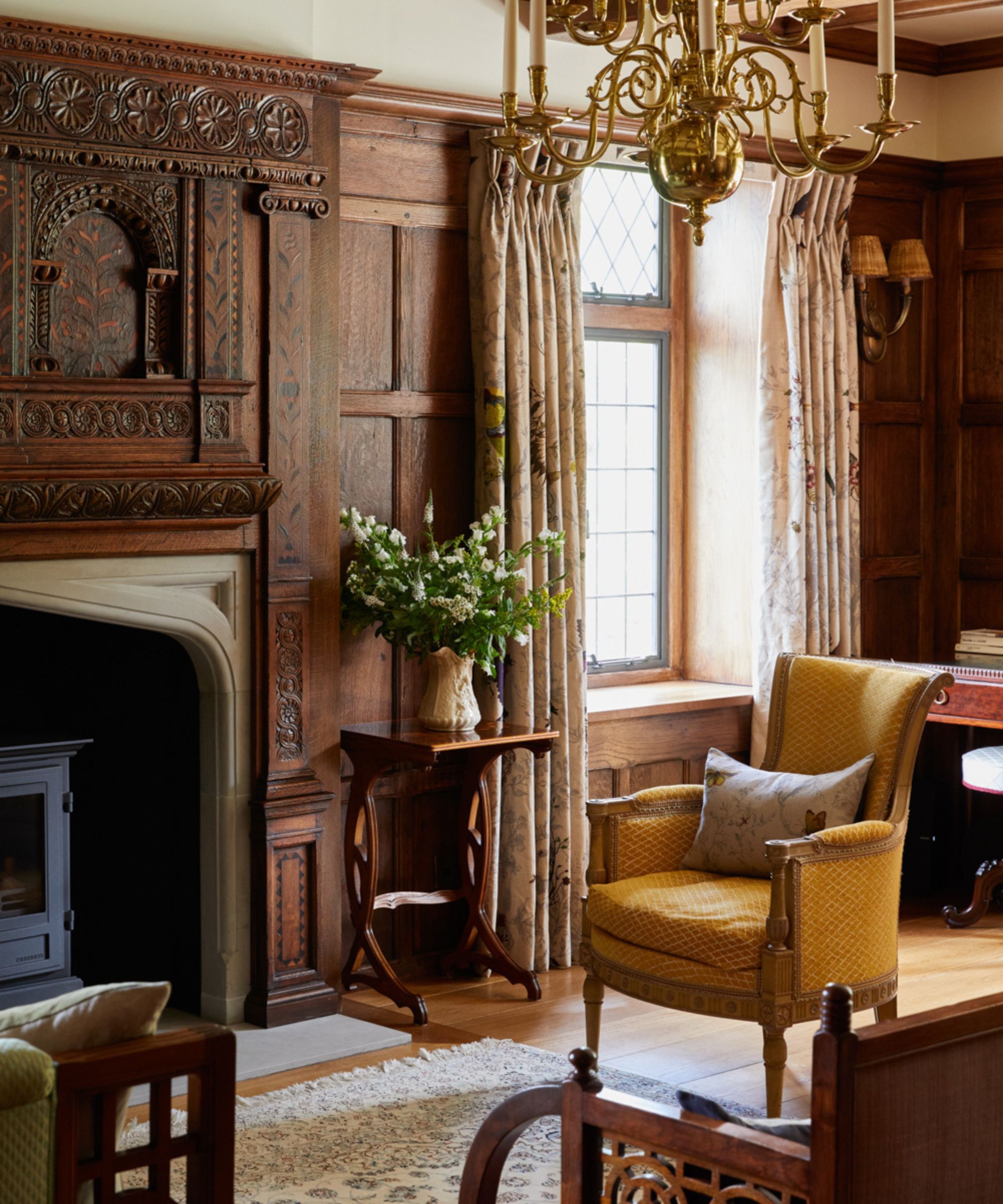
The Arts and Crafts movement was a response to the widespread industrialization of the Victorian Age. Designers and craftsmen sought to give artisanal crafts and art more importance, counteracting the overly simplified architecture and industrially made goods of the age.
To combat all things industrial, makers sought to use only organic materials. 'Arts and Crafts interiors are simply designed using locally found natural materials that reflect customs and traditions rather than following fashion, with well-made furniture that is both useful as well as decorative,' explains Georgina Cave, of Cave Interiors.
'When I think of Arts and Crafts interiors, I think of a harmonious blend of functionality, materiality, and craftsmanship. This era championed the virtues of handcrafted excellence and the beauty of natural materials,' explains interior designer Matthew Williamson.
Nodding to nature and the beauty of intricacy, ornate patterns and intricate carvings became signature motifs of the movement, with pioneers like William Morris and C.F. Voysey creating stylized flora and fauna patterns for wallpapers and furnishing fabrics.
Design expertise in your inbox – from inspiring decorating ideas and beautiful celebrity homes to practical gardening advice and shopping round-ups.
1. Decorate with nature-inspired shades
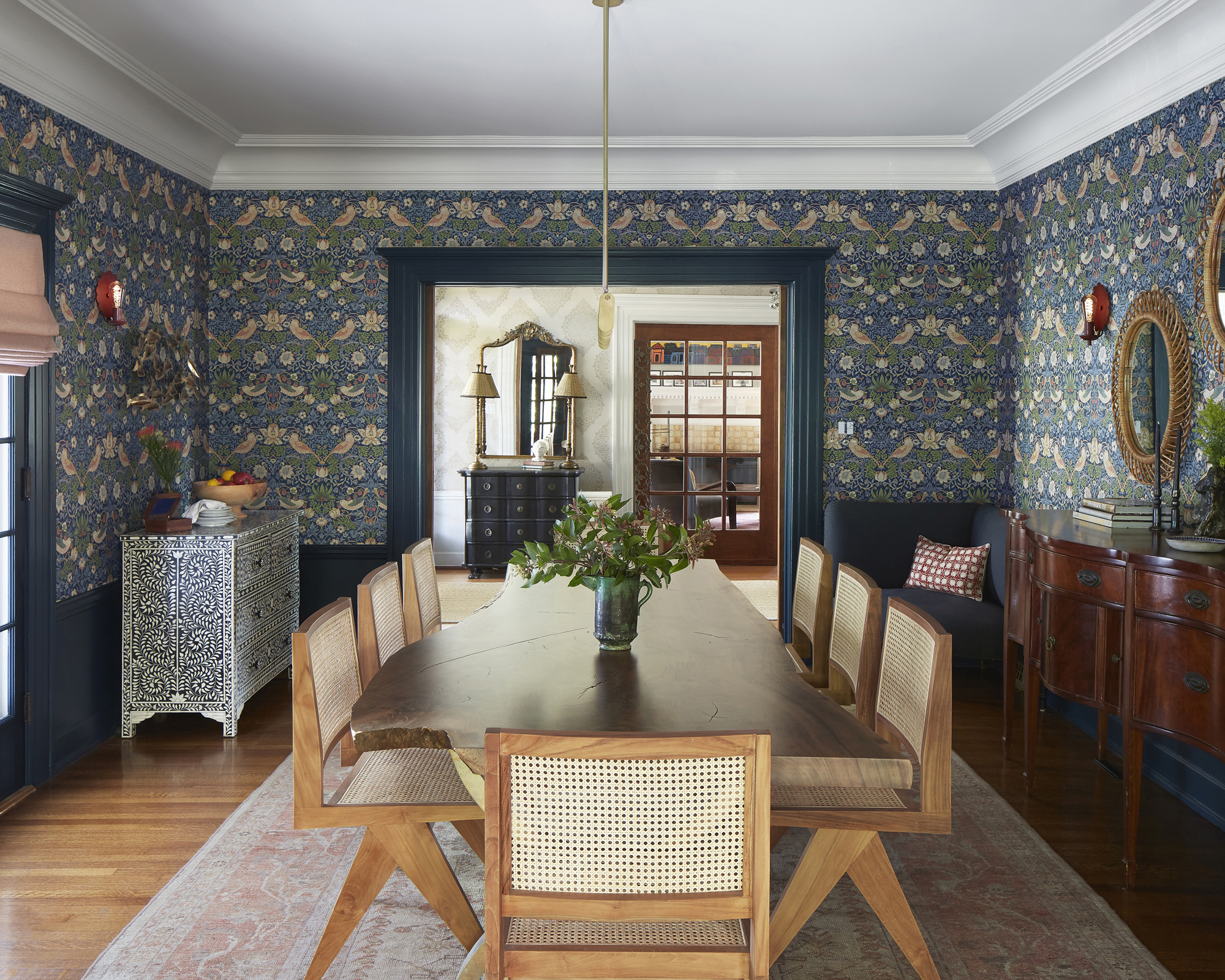
While Arts and Crafts interiors are often thought of as being dark, they were actually the opposite in many cases. The key to channeling the aesthetic is creating a warm color scheme that's layered with cozy shades.
Decorating with earthy colors is the key to an Arts and Crafts-inspired scheme, says Rupert Cunningham, Director of Ben Pentreath Studio. 'I tend to stick to a palette of earth colors: russet, greens, ochres, browns, which can get quite rich, as well as stone whites. I also love pulling in some stronger blues and teals as a foil to the more earthy pigments the Arts and Crafts movement is known for. The colors are almost less important than the finishes.'
Matthew adds, 'These colors reflect the natural world and evoke a sense of tranquillity and warmth within the space.' Wood is an important element of authentic Arts and Crafts interiors. Pair this dark hue with an earthy tone like a warm orange or olive green to counteract its heaviness.
2. Decorate with Arts and Crafts wallpapers
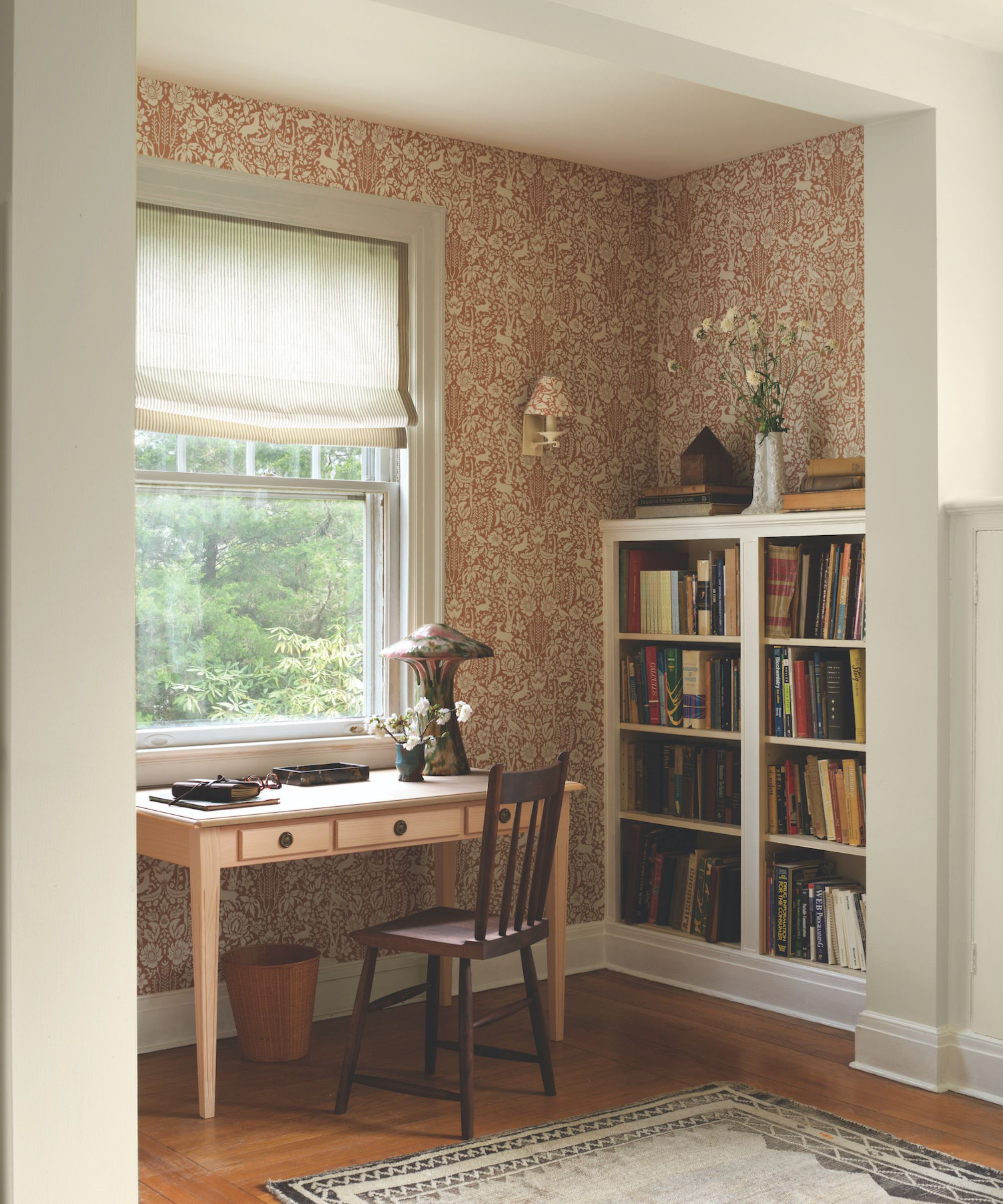
If you want to channel the traditional coziness of the Arts and Crafts aesthetic, incorporating a classic floral wallpaper idea in your home is one of the most recognizable and representative ways of doing so.
William Morris fabric and wallpaper designs are still being made, both by Morris & Co as well as other reputable brands. 'For fabrics and wallpapers, look no further than Queen Square and Cornubia collections at Morris & Co. Original designs are given new life with a color palette inspired by the period as well as the Morris colorways of the 1970s, but fitting for life in the 21st century,' says Leo Kary, associate director of interior design at Ben Pentreath.
Today, a host of the original designs are still available to buy in the authentic colorways, as well as an array of refreshed palettes perfect for modern living. For a classic scheme that nods more literally to the 19th-century style, William Morris's Strawberry Thief or Blackthorn are vintage prints making a comeback. The designs are a timeless choice for wallpaper that features florals, botanicals, and fruits.
3. Introduce decorative lighting
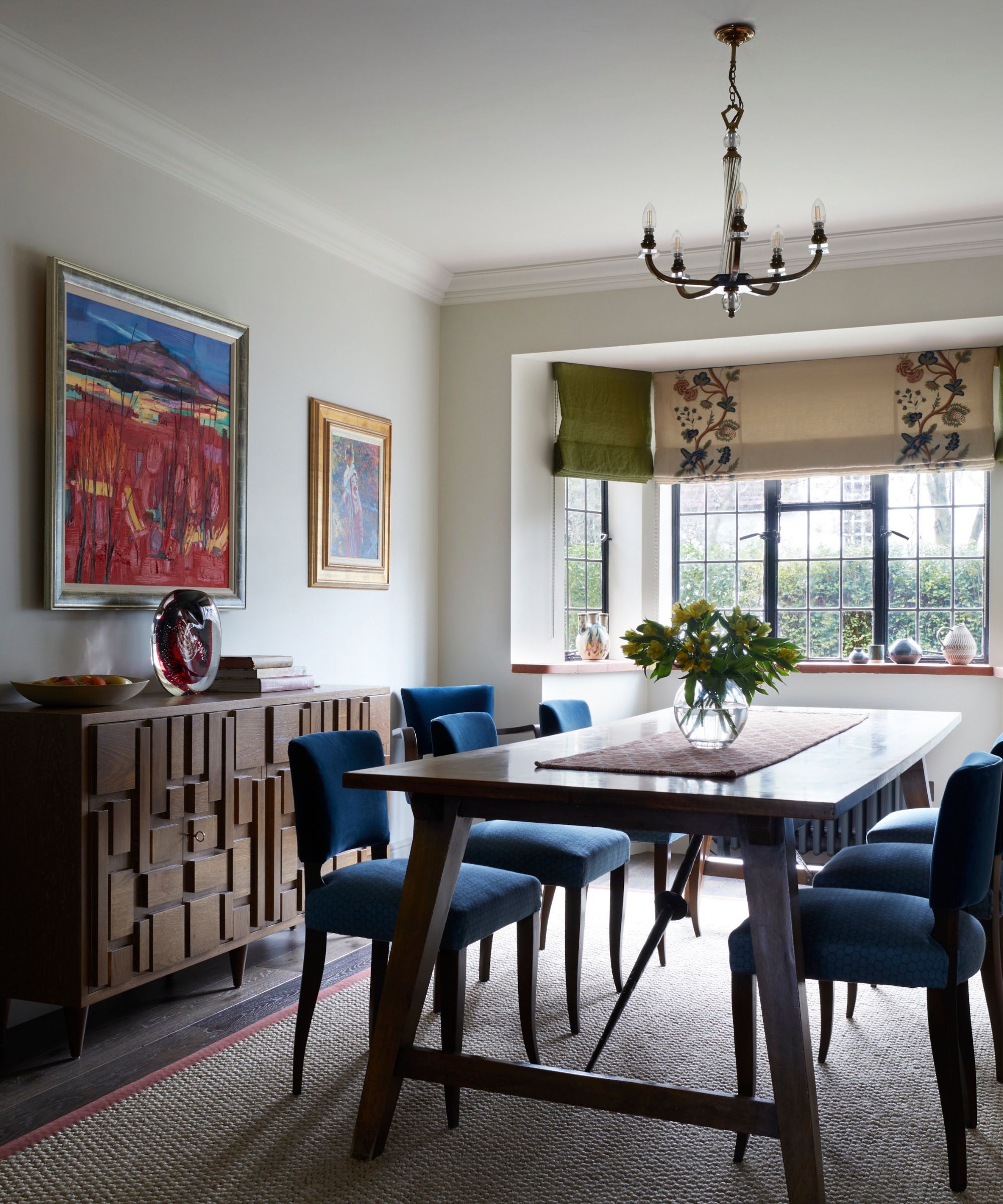
Lighting plays a big part in any interior, but in Arts and Crafts design, the style of fixtures is just as important as the ambiance. The lighting of the era was elegant, and the focus on design saw pieces with intricate details and eye-catching forms.
Stained glass was a popular feature that was used in the architecture of the movement, adorning windows and door panels of homes. One of the most recognizable lighting styles of the period was designed by Tiffany Studios, a long-established maker who used stained glass to create bespoke and highly intricate shades that catch the light and warmly illuminate a room. Opting for a stained glass lantern or table lamp will embody that cozy feel that Arts and Crafts homes are known for.
Alternatively, another classic vintage lighting idea is ornate sconces and desk lamps. Leo says, 'It was the first time that lights were specifically designed for electricity in the home. The most successful designer in the period was W.A.S. Benson. You can see in his designs a sense of innovation in how to best spread, reflect, and shade this new source of light appearing in people’s homes – the filament bulb,' adds Leo.
You can source original pieces by W.A.S. Benson and Tiffany on sites like 1st Dibs and eBay, or you can shop similar alternatives that take inspiration from these historic designs.
4. Display handmade and vintage decor
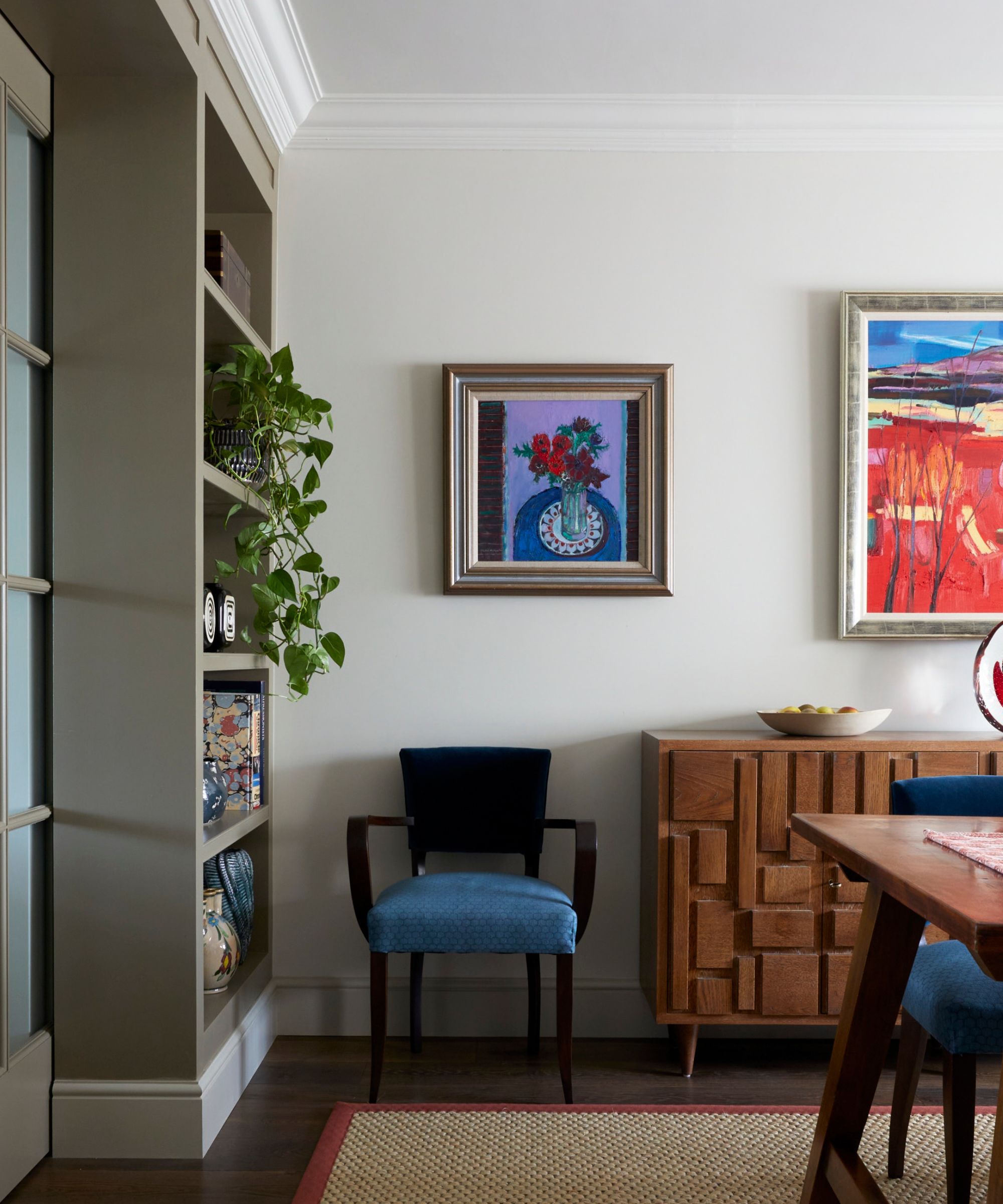
The emphasis on craftsmanship isn't just furniture; decor is equally important, too. As such, introducing handmade and vintage pieces adds character and a high-quality feel to your home, encompassing the spirit of the movement.
'Incorporating handmade and vintage items, such as pottery, textiles, and artwork, adds a personal touch and enhances the authenticity of the space. Emphasizing natural materials like wood, stone, and copper further enhances the rustic, organic feel of Arts and Crafts interiors,' says Matthew Williamson.
'Beyond the aesthetic elements, it's essential to embrace the underlying ethos of the Arts and Crafts movement, which values quality, craftsmanship, and a connection to nature,' he adds.
Decorating with vintage ceramics will give your home a sense of eclecticism and authenticity, nodding to the style. A notable maker is ceramic-maker Roseville, and many pieces can be bought on antique sites today.
Emery Walker, a friend of William Morris known for his art and engravings, collected pottery from all over the globe. 'Moroccan bowls, 18th and 19th century European stoneware pots, and English pottery made especially for them by their friends – some have the initials EW painted on to make the gifts particularly personal,' says Lucinda MacPherson from the Emery Walker’s House museum.
5. Source quality wood antique furniture
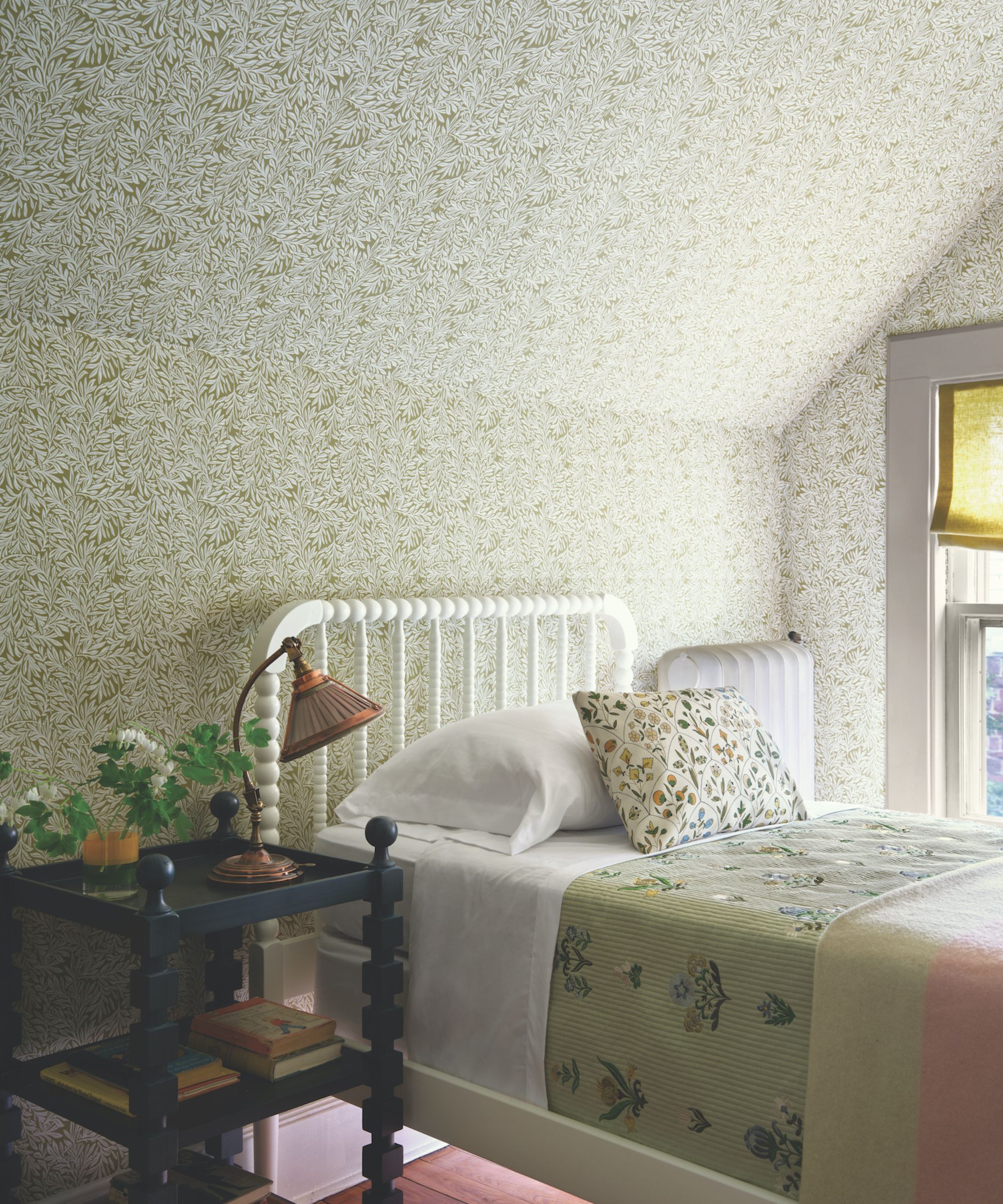
To truly embody the Arts and Crafts style, you should source antique furniture for your home, as these pieces are most authentic to the core values of the movement. Mass-made furniture feels a little incongruous to this style, so opt for well-made artisanal pieces that feel ornate and unique.
Dark wood pieces with ornate details are part of this year's vintage furniture trends and pair beautifully alongside an earthy color palette and delicate patterns. Rupert says, 'I’ve always loved the 'Sussex open armchair' designed by the architect Philip Webb for William Morris & Co in the 1860s. It has a simple but beautifully detailed, ebonised wooden frame, delicate arms, and a woven rush seat, and is completely timeless.'
Ruper adds, 'At the other end of the spectrum, I love the richly painted furniture produced by Webb and Morris in the early flowering of the movement. These were often quite clunky forms elevated by wonderfully rich painted decoration by the likes of Rosetti and Burne-Jones.'
6. Avoid modern finishes
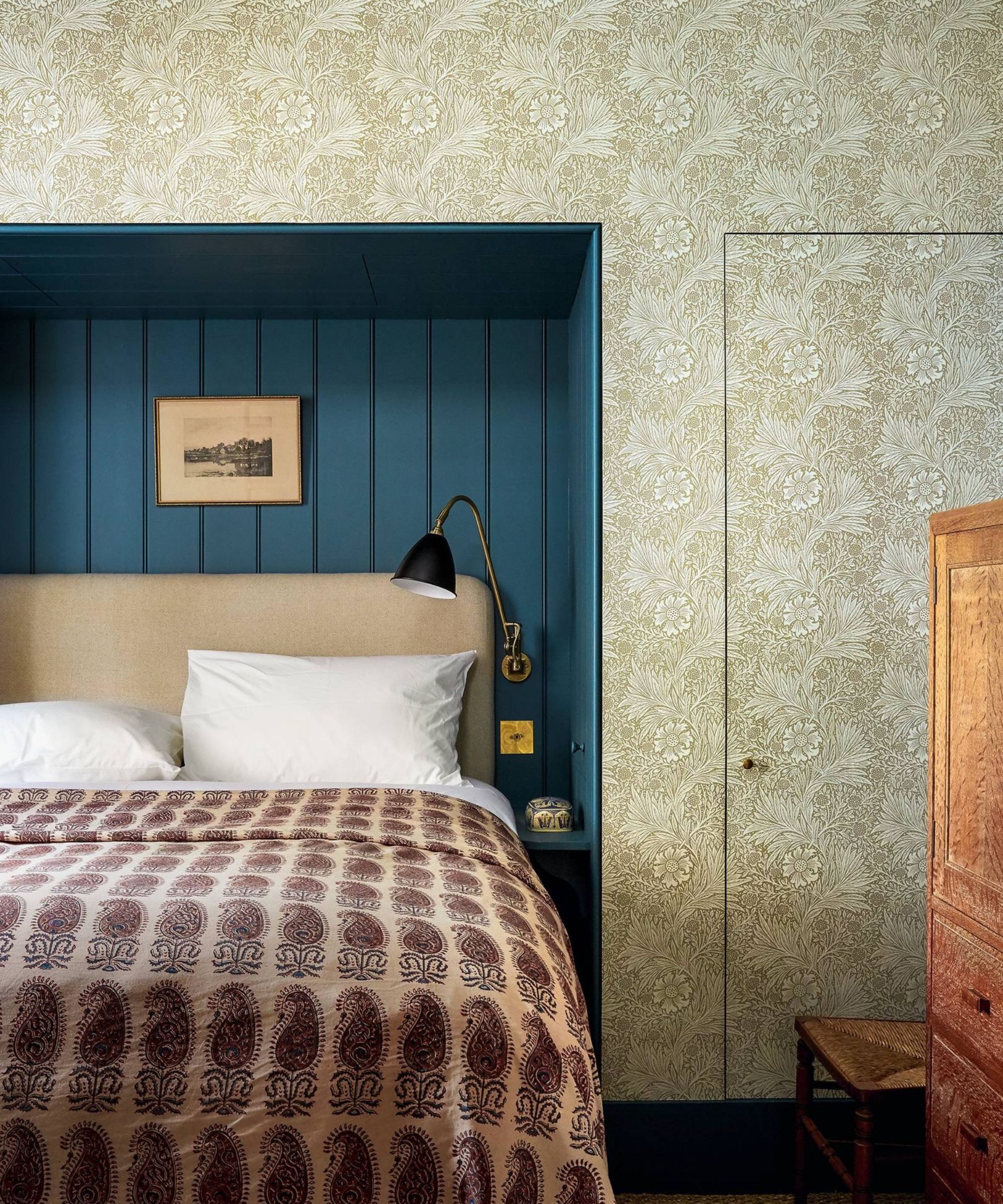
Although it may seem obvious, it's important to avoid finishes and materials that feel overly modern and stark, as these will make your scheme feel mismatched and muddled.
Modern colors like stark whites and neons don't belong in an Arts and Crafts-inspired home and can throw off a scheme. Rupert says, 'Carefully modulating the colors and finishes is so important when working on an Arts and Crafts house. Oak that is too darkly stained can make a space gloomy; conversely, flat, bright colours and brilliant whites can be very disruptive and jarring. In general, modern finishes should be avoided. We did a project years ago where we made simple adjustments to the colors and lightened the oak paneling, and it completely transformed the space.'
Rupert explains that wall paneling that's too dark can make a home feel small and uninviting, but overly pale wood panels can clash with Arts and Crafts decor and feel too new, so finding a balance is important.
7. Hang a tapestry

The Arts and Crafts movement embraced all things handmade, and one such classic decor item was hand-embroidered fabric like tapestries. Homes were filled with ornate, nature-inspired wall hangings that not only elevated an empty wall but also made a room feel cozy and eclectic.
Decorating with tapestries has become popular in recent months. The beauty of the style is that it comes in many forms, from lavish antique varieties to more simplified floral styles; the choice is yours. Lucinda suggests, 'Hang an embroidered panel in place of a print or frame a favourite piece of hand-stitching. Seek out work by contemporary women textile artists, or create something yourself. The point, as these makers show, is to connect the eye to the hand.'
8. Decorate with wood
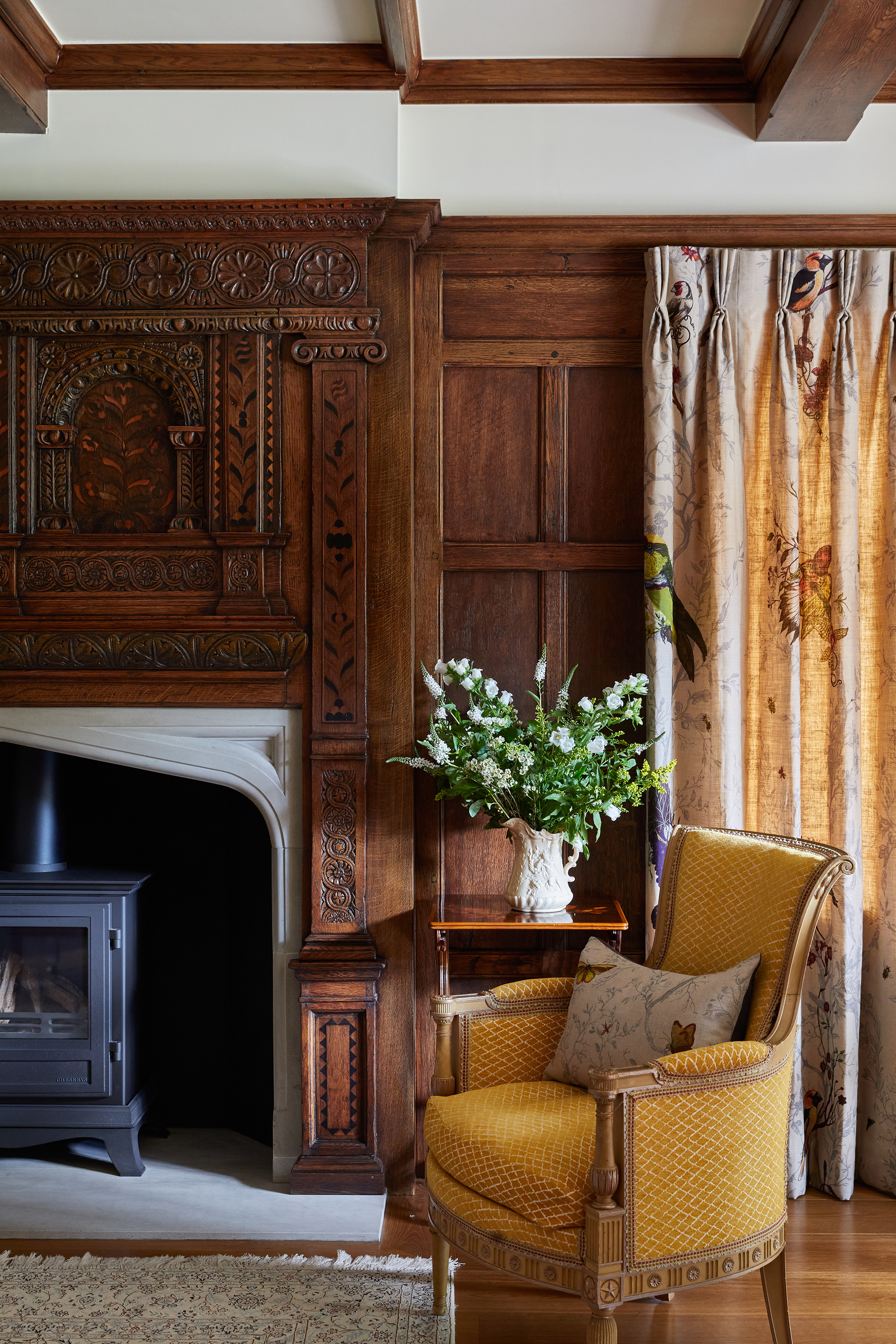
Decorating with wood comes in many forms, from sourcing wood furniture to scattering wood accents like decor, these pieces nod to the aesthetic without going too literal. Traditional wooden wall paneling was a common feature of the Arts and Crafts house style, and wood was also the material of choice for prevalent furniture designers of the day.
This arts and crafts home has been beautifully restored by Cave Interiors and features the original wood paneling. To bring the look up-to-date, the paneling has been paired with curtains in a beautiful fabric covered in hand-painted bird illustrations.
If your home is newly built but you want to introduce a similar sense of character and age, opt for wood furniture and wood decor, such as wood kitchen utensils, bowls, and picture frames, as even the smallest pieces can impact the overall feel of a scheme.
9. Choose arts and crafts upholstery fabrics
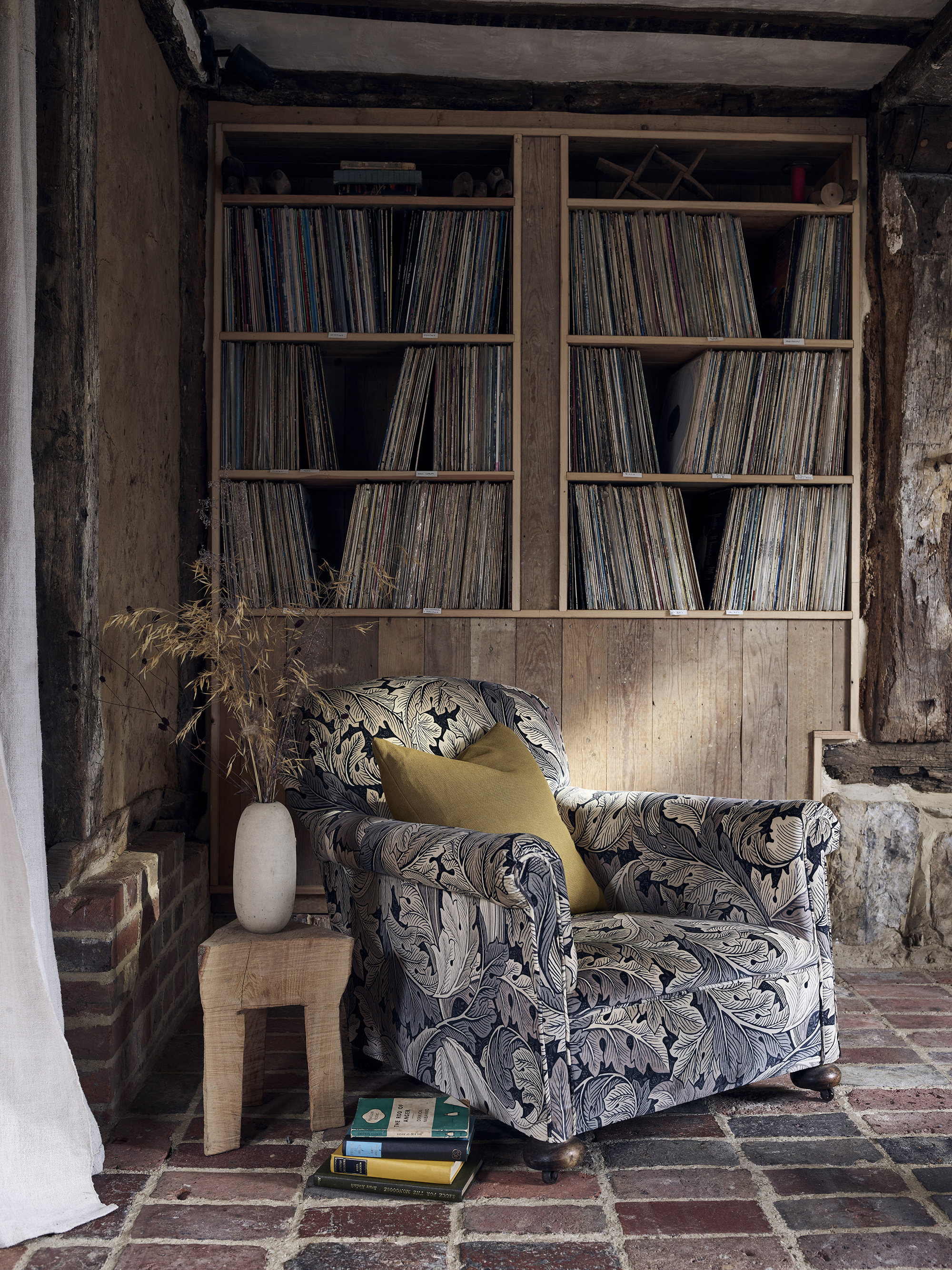
If you want to introduce some pattern into your scheme, choosing an upholstery fabric such as designs by Morris & Co will transform a newer piece of furniture.
Originally, Morris & Co. designs were printed in limited colorways, but today, many of the prints have been reinvigorated in contemporary palettes perfect for 21st-century living. You can go down the classic route and upholster an armchair in the infamous Strawberry Thief print for a timeless nod to Arts and Crafts.
For a more vintage-style alternative, fabrics like Willow Boughs Weave encompass the look without feeling like a pastiche. A small accent, such as a throw pillow on a sofa or a cushion on a bar stool, will infuse the historic look into a contemporary home while still honoring the vintage style.
10. Opt for Arts and Crafts tiles

To introduce the Arts and Crafts aesthetic into the kitchen and bathroom, opt for decorative tiles inspired by Art Nouveau designs, like floral and fauna motifs and rich-colored, earthy glazes.
You can create a tile mural on a kitchen backsplash or on a bathroom wall that depicts a scene of nature, like a forest landscape or a floral arrangement. Or, for a more subtle look, opt for an engraved tile in a rich color like green or blue and use it in smaller doses across a room, such as around a sink or on the side of a bathtub.
It's not hard to find handcrafted designs from contemporary makers on sites like Etsy. Instead of having to source original tiles from the period (a hard task if you need a substantial amount), many of these designs are inspired by the Arts and Crafts style and can make designing a contemporary space that nods to the past much easier.
Arts and Crafts decor emphasizes handcrafted design. Ornate details like floral prints, hand-carved furniture, and warm colors are part of the signature style and will make designing a traditional scheme feel authentic and eclectic.

I’ve worked in the interiors magazine industry for the past five years and joined Homes & Gardens at the beginning of 2024 as the Kitchens & Bathrooms editor. While I love every part of interior design, kitchens and bathrooms are some of the most exciting to design, conceptualize, and write about. There are so many trends, materials, colors, and playful decor elements to explore and experiment with.
- Eleanor RichardsonInterior Design News Editor
- Pippa BlenkinsopContributor

